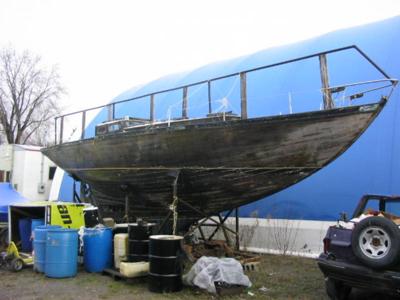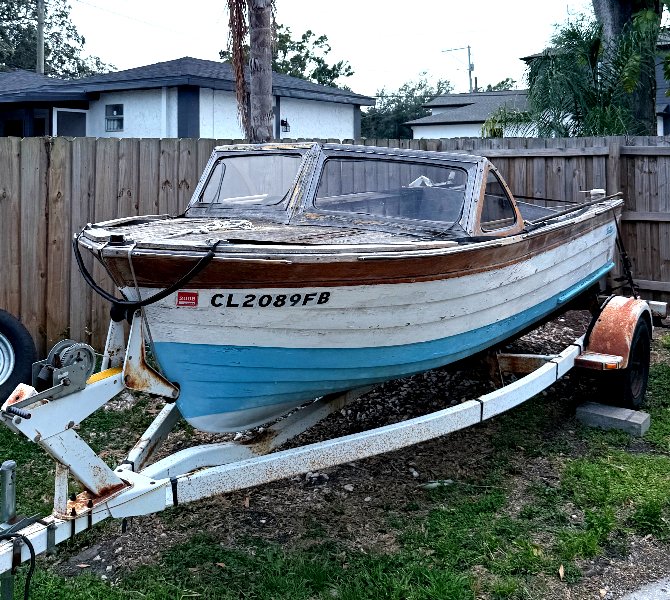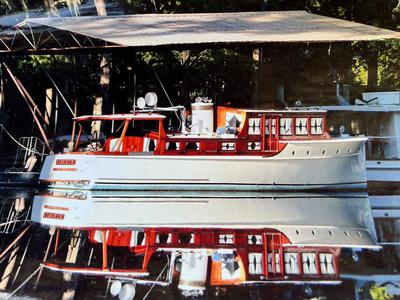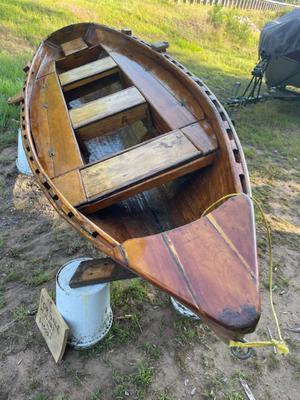- Home
- Your Boats
- This Page
1940 Rhodes 27 Project...

I want to change a few mahogany planks on my 1940 Rhodes 27 project...
Can I use cedar?
Comments for 1940 Rhodes 27 Project...
|
||
|
||
|
||
|
||
|
||
|
||
|
||
|
||
Want to add more photos?
Photo Uploader
If you are having problems uploading Photos or would like to add more click on this link for the Upload Form.









